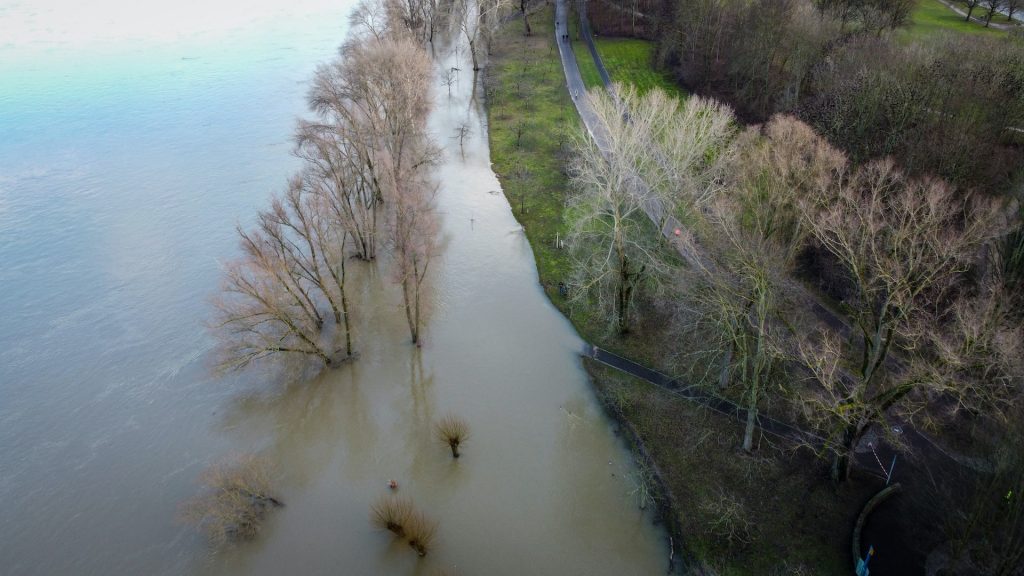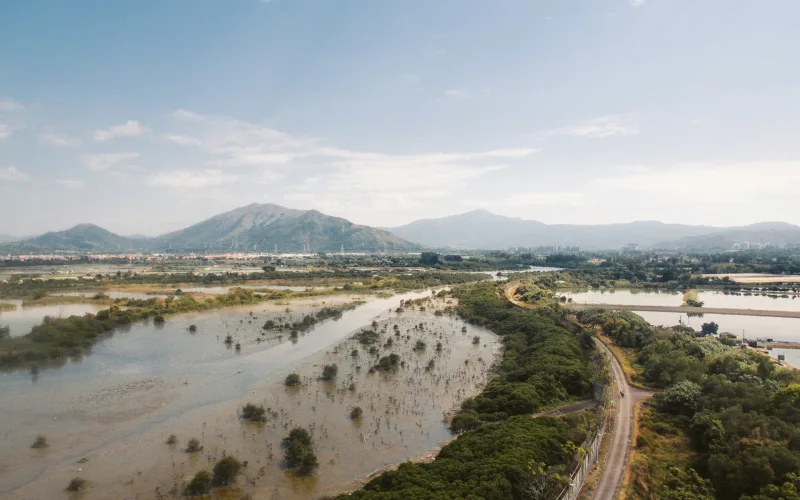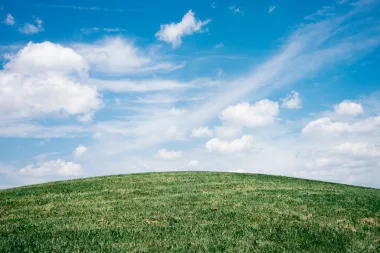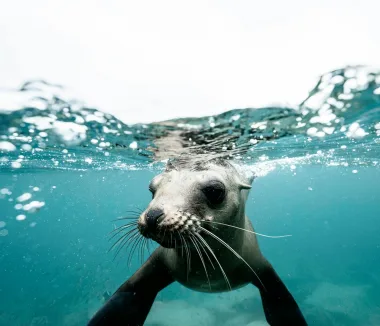Last Updated on April 26, 2024 by Ecologica Life
Climate change and global warming are causing huge amounts of arctic sea ice to melt every year. On average, sea levels have risen by about 23 centimetres since 1880, and almost half rise happened in the last 25 years. Every year, the sea rises another 3.4 millimetres. A new study published on 15 February 2022, shows that the rate of sea level rise is accelerating and is expected to rise by 30 centimetres by 2050 in the United States.
This information is derived from technical data published by the US National Oceanic and Atmospheric Administration (NOAA)
Even the smallest rise in sea levels can have terrible consequences for people living on the coast. As seawater moves inland, it can cause soil erosion, flooding of wetlands, contamination of agricultural land and aquifers, and as a result, loss of habitat for fish, birds and plants.
The melting of the poles
The UN’s Intergovernmental Panel on Climate Change (IPCC) in a special report estimates that between 2006 and 2015 the melting of the polar ice caps injected more than 430 gigatonnes of freshwater into the oceans annually due to the heating of the global climate.
Large ice formations in the form of glaciers and ice caps melt without returning to their usual shape. Usually, these gigantic icy structures would partially melt during the summer, and would return to their solid state when winter temperatures returned. Now, because of global warming, snowfall is milder, winters are later and springs are earlier, so the ice does not re-join in the same form and quantity.

Consequences of sea level rise
Ocean flooding varies from one region of the world to another. However, it threatens, in particular, people living on islands and in coastal areas. Some 745 million people in the coming decades will be exposed to increasingly frequent floods, storm surges and other extreme events that are devastating for human life and the environment, the IPCC reports.
Rising sea levels can also aggravate coastal erosion, worsen the quality of drinking and irrigation water, damage historical and artistic heritage, affect transport and economic activity in cities, and submerge farmland, natural sites, homes, and even entire villages, turning their inhabitants into climate refugees.
Forecasts of rising sea levels
NASA has been tracking the global ocean surface for years, tracking the evolution of sea level through satellite observations from space. By the year 2100, the agency projects that sea levels will rise an additional 30 to 122 centimetres globally. Unless drastic reductions in greenhouse gas emissions are not seen.
The projected increase in sea levels would leave thousands of kilometres of land at the mercy of flooding. Compromising the safety and water supply of millions of people around the world, especially those living on islands and in coastal areas. Not to mention the danger to all the plants and animals living in these regions.
These predictions have major implications. One of the biggest concerns is the likely migration away from the coasts. In 2021, the World Bank’s Groundswell report estimated that by 2050 climate change will force 216 million people in six global regions to move within their own countries. Up to 250 million people, across all continents, could be “directly affected” by 2100, according to a 2019 study by the journal Nature Communications.
Future of cities located by the sea
The inevitable consequence of climate change that is very difficult for humans to imagine. We have two options, to face the environmental and economic cost head on or to focus on cutting our greenhouse gases and adapt a better world for future generations. What we do today determines what happens tomorrow. Let us minimize the effects of climate change as much as possible and create a better future for tomorrow.
What do you think about this article? Leave us a comment or suggestion.







